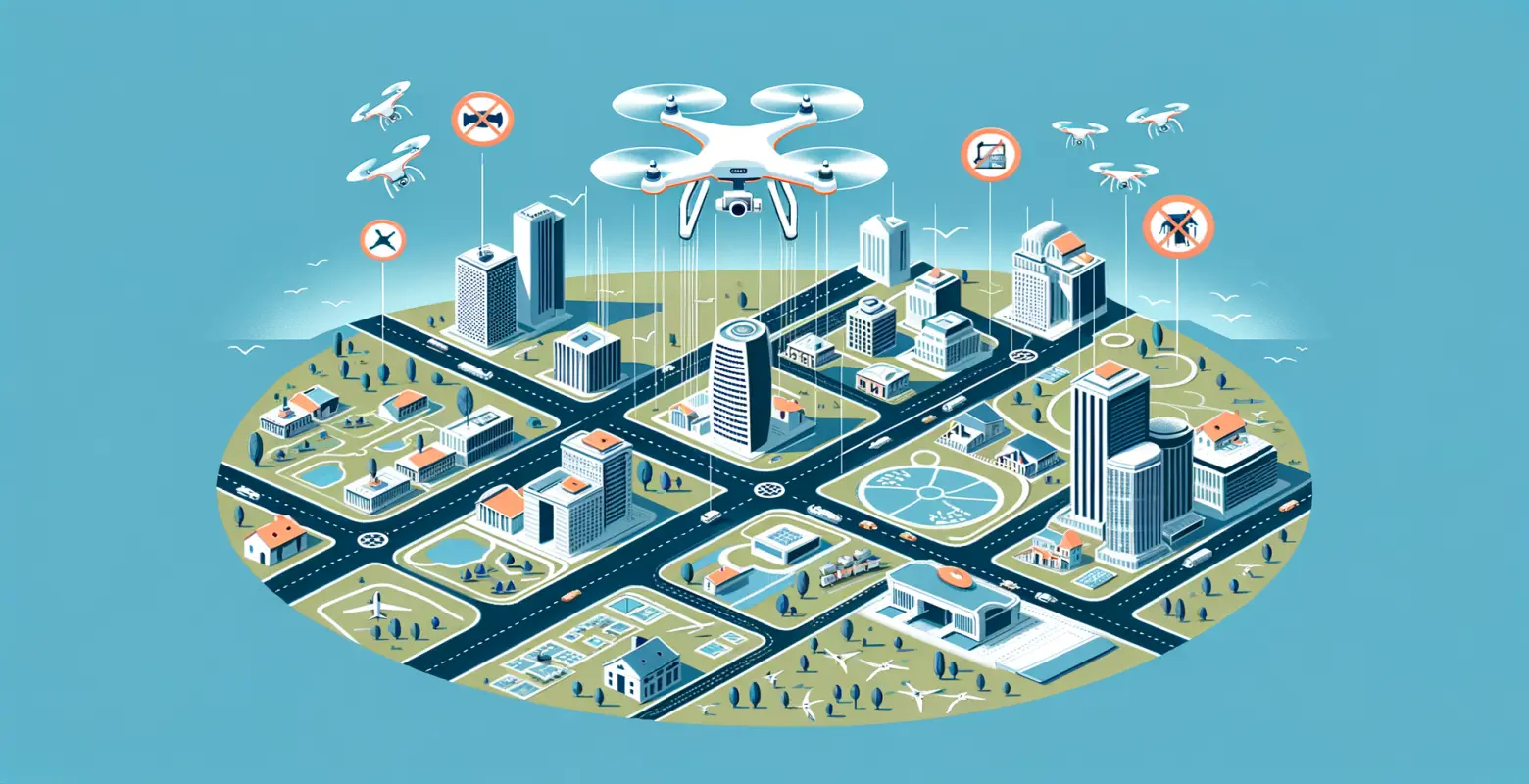New regulations regarding drone flights in urban areas
Introduction
In recent years, drones have become increasingly popular among professionals and enthusiasts. Their versatility and technological capabilities make them applicable in many fields, from aerial photography to delivery services. However, with the growing number of drones, new challenges related to regulating their use, especially in urban spaces, have emerged. Introducing new regulations regarding drone flights in cities is essential for public safety, privacy protection, and efficient management of airspace. This article discusses in detail these new regulations, their significance, and their impact on drone users.
New Regulations – Background and the Need for Changes
As drone technology has evolved, it became evident that existing regulations were not keeping pace with the dynamic changes in this field. The European Aviation Safety Agency (EASA) and national regulatory bodies, such as the Civil Aviation Authority (ULC) in Poland, recognized the need for more detailed regulations. The new regulations that came into effect in early 2021 aim to harmonize the rules regarding drone operations in urban areas across the entire European Union.
Key Principles of the New Regulations
The new regulations concerning drones in cities focus on several key aspects:
1. Open, specific, and certified categories: Drone users must understand which category their drone operation falls under. The open category covers flights with the lowest risk, while the specific category requires more detailed permissions. The certified category is intended for the most complex operations, which require certification similar to manned aviation.
2. Drone operators' registration: All individuals who want to use drones weighing more than 250 grams must register with the relevant national authorities. Registration aims to increase accountability and monitor potentially risky activities.
3. Mandatory training and certification: Operators must undergo appropriate training and pass exams to legally operate drones in urban areas. The requirements vary depending on the operation category.
Safety and Privacy Protection
One of the main goals of the new regulations is to ensure public safety and protect citizens' privacy. Drone flights over crowded urban areas pose potential risks, so the new regulations impose strict limitations on flight altitudes and distances from people and buildings. Geofencing, a system of spatial restrictions, is one of the tools used to protect sensitive areas such as airports or government facilities.
In terms of privacy protection, the new regulations introduce a series of restrictions on recording and photographing individuals without their consent. Drones equipped with cameras must meet specific standards, and operators are required to comply with data protection regulations.
Challenges of Implementing New Regulations
Although the new regulations are a step in the right direction, their implementation faces several challenges. Some of these include:
1. User education and awareness: Many drone users are not aware of the new regulations, leading to unintentional law violations. Educational campaigns are crucial for increasing awareness and understanding of the new rules.
2. Technological limitations: Not all drones available on the market are equipped with technologies required to meet the new standards, such as geofencing systems. This may necessitate equipment upgrades, which can be costly for users.
3. Effectiveness of law enforcement: Regulatory bodies must develop effective methods for monitoring and enforcing the new regulations, which is challenging due to the increasing number of drones operating in cities.
Benefits of the New Regulations
Despite the challenges, the new regulations also bring many benefits:
1. Public safety: Thanks to the new regulations, drone flights are more controlled, reducing the risk of accidents and incidents in urban spaces.
2. Market professionalization: Standards for training and certification of operators contribute to the professionalization of the market, benefiting both drone users and consumers of drone services.
3. Privacy protection: Restrictive regulations regarding recording enable better protection of citizens' privacy, crucial in an era of increasing surveillance devices.
Future Trends and Drone Technology Development
Looking ahead, we can expect further development in drone technology and their applications. Autonomous flights and delivery drones are just some areas that can revolutionize how cities function. The introduction of 5G and the development of the Internet of Things (IoT) can significantly enhance drone capabilities, enabling more advanced operations and integration with other urban systems.
However, this development will require additional regulations and adaptations of existing rules to meet new challenges and leverage the full potential of drone technology.
Summary
The new regulations regarding drone flights in urban spaces represent a significant step towards ensuring safety, privacy protection, and efficient airspace management. While implementing these regulations poses some challenges, their benefits are undeniable. Drone operators and consumers should be aware of these changes and adapt to the new requirements. As drone technology continues to evolve, these regulations will need to evolve to meet new challenges and opportunities brought by the future.






Number of comments: 0